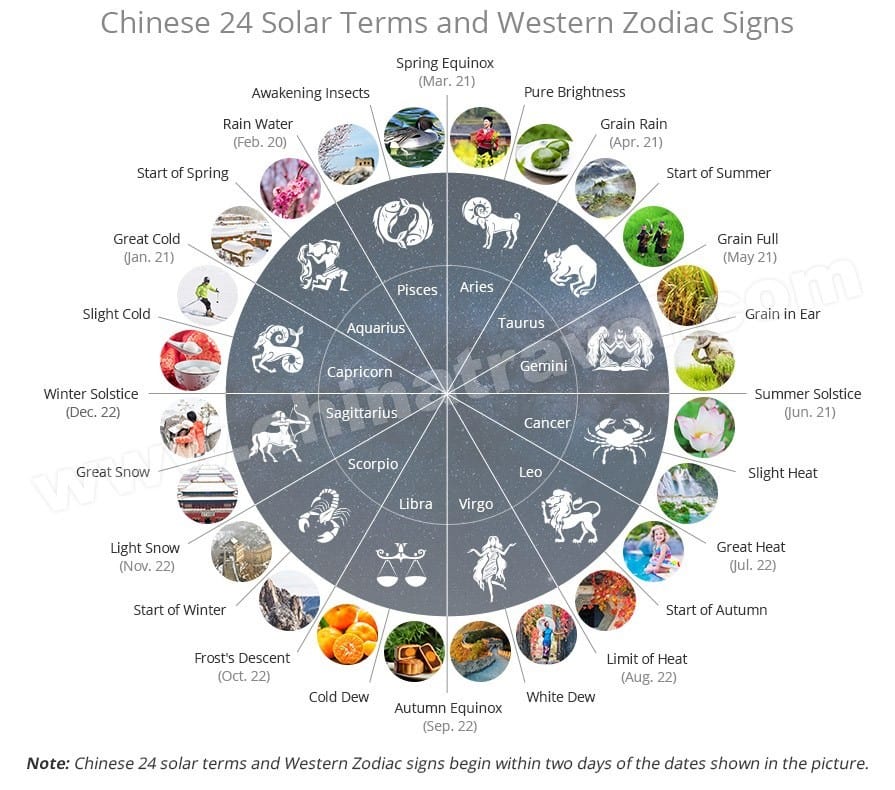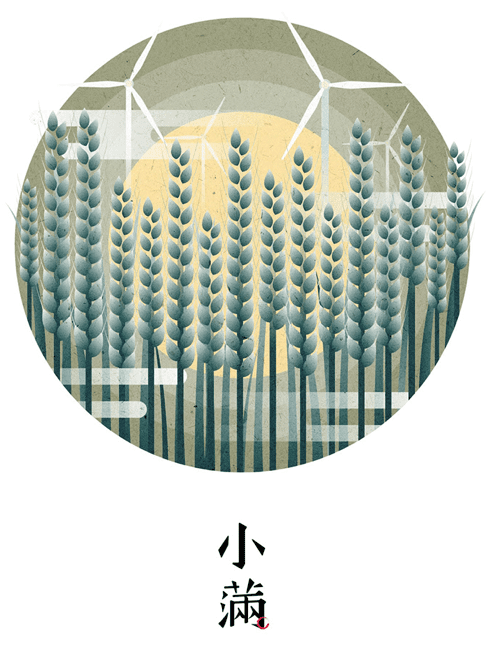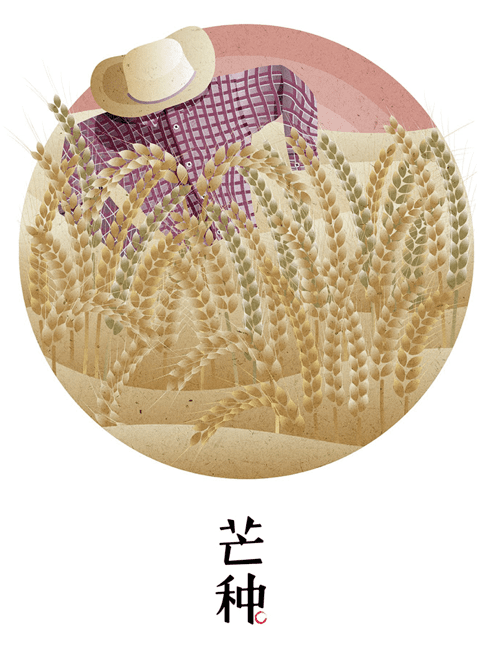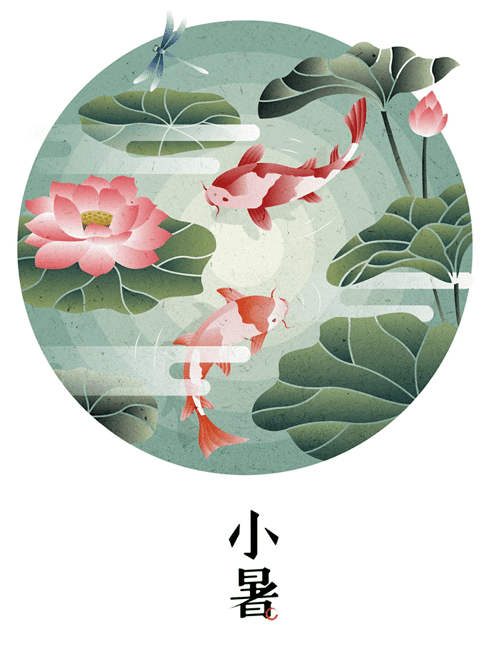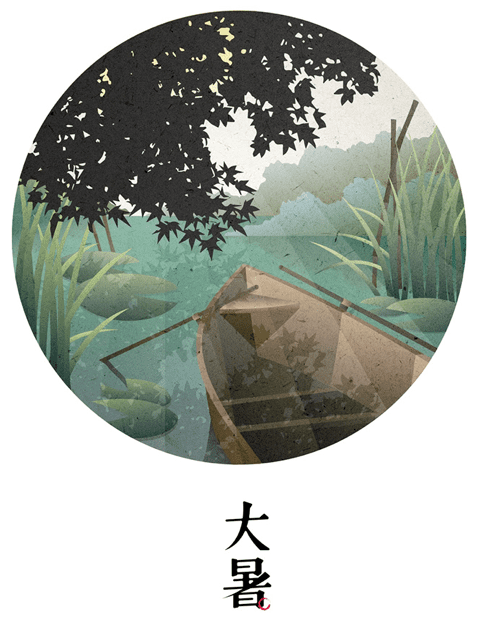Confucius
September is a special month. Confucius was born in September more than two thousand years ago. To commemorate the birth of this great man, we set September 28 every year as “Confucius Day”. As a saint who appeared in the same period as Socrates and Plat, what are his representative ideas? What is the spread and influence overseas? What are the ways in which Confucius is commemorated today? Let’s take a look at them through the following introduction.
1.Introduction of Confucius
Confucius (September 28, 551 B.C. – April 11, 479 B.C.), also known as Kǒng Zǐ or Kǒng Qiū, courtesy name Zhòng Ní, was a Chinese ideologist, educator, and founder of Confucianism, which is one of the most influential schools in China.
2.The representative thoughts and The Analects
Confucius began teaching at the age of 30 and taught more than 3,000 students throughout his life, more than 70 of whom were considered outstanding. Confucius advocated “Humanity”, “Integrity”, “Propriety”, “Wisdom” and “Sincerity”, which are reflected in politics “Governing the country with morality” and “People-based”; in education “Teaching students in accordance with their aptitude” and “Making study serve the practical purpose”; in economic “Valuing righteousness over benefit” and “Thinking of justice when seeing the personal advantage”. Confucius’s disciples recorded the words and deeds of Confucius, and made them into The Analects.
3.Overseas dissemination and influence
Confucianism, as the core of Chinese traditional ideology and culture, has wide influence in the world. Every year a large number of foreigners travel to Confucius’ hometown, Qufu, to visit and conduct academic research and cultural exchanges. Since 2004, the “Confucius Institute” named after Confucius conducts Chinese language teaching and cultural exchanges all over the world.
4.Confucius Ceremony – “yì wǔ”
In the second year after the death of Confucius, Lu Ai Gong build a temple in Confucius’s former site in Qufu, which is today’s Confucian Temple. On the day of Confucius’ birthday, people will gather at the Confucian Temple to hold some ritual activities to commemorate this philosopher who brought great influence to China. “Yì wǔ” is a representative dance in the Confucius-commemorating ritual. The humble attitude and pious image of “yì wǔ” reflect directly the essence of Confucian ritual and music culture. The scale of “yì wǔ” depends on the status and level of the sacrifice, such as the king or emperor with eight yì, the leud with six yì, the scholar-bureaucrat with four yì.
5. The “yì wǔ” performance at the University of Macau
UM’s Confucius Institute and Centre for Chinese History and Culture jointly organized the “Forum on Chinese History and Culture and the Celebration of Confucius’ Birthday” in September 2019. The Confucius Institute’s cultural ambassadors conducted the “yì wǔ” performance in traditional robes with rites and music during the opening ceremony of the Forum. The performance was elegant, dignified and peaceful. Through 96 movements and 37 steps, it reflected their understanding of UM’s motto: humanity, integrity, propriety, wisdom, and sincerity.
Reference:
https://baike.baidu.com/item/%E5%AD%94%E5%AD%90/1584
https://baike.baidu.com/item/%E4%BD%BE%E8%88%9E/372165?fr=aladdin





